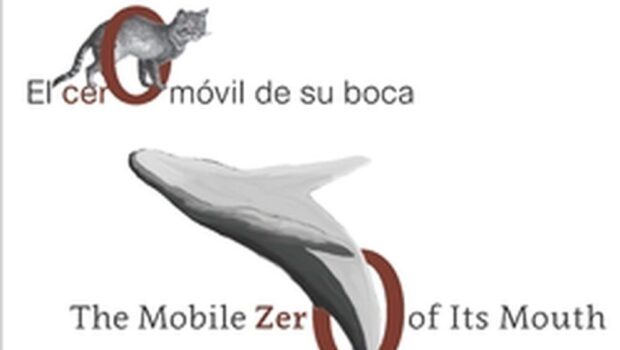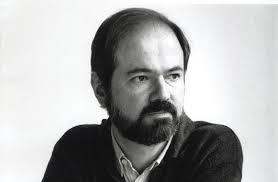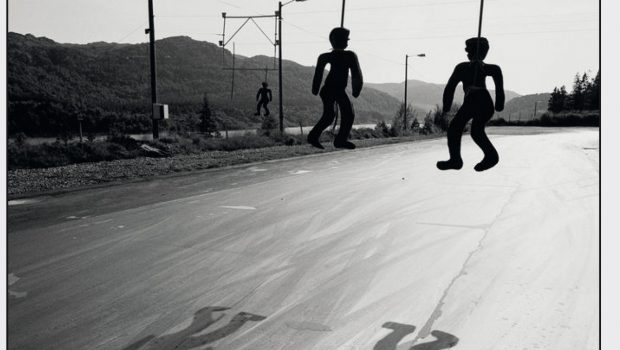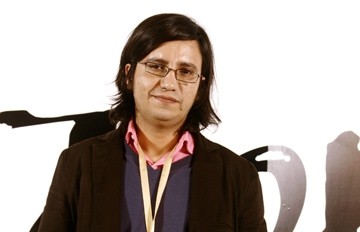The Writing Speaks For Itself
David D. Medina
 Roberto Bolaño,
Roberto Bolaño,
The Insufferable Gaucho,
New Directions, New York, 2010.
Roberto Bolaño says that he read immoderately, but that he never wanted to be a successful author. For a writer who didn’t seek popularity, Bolaño is gaining a wider readership after his death as more of his books are being translated into English and studied in universities across the world.
The Insufferable Gaucho, a collection of five stories and two essays, is a perfect example of why Bolaño has become a literary favorite. In these finely crafted pieces, Bolaño shows his mastery of fiction and nonfiction by using his immense imagination to create worlds that are enthralling and magical. Jumping rabbits that bite, a rat police offi cer who seeks a serial killer, and a killer who is mistaken for a saint, are the type of characters that populate these brilliant stories.
The title story, “The Insufferable Gaucho,” is a tribute to Jorge Luis Borges, whom Bolaño deeply admired as one of the literary masters of Latin America. Bolaño takes Borges’ story, “The South,” and adds a humorous twist to it. In Borges’ story, a man goes to the south of Argentina and encounters his death at the hands of vicious gauchos. In Bolaño’s work, a judge, who is upset with the economic downturn of his country, travels south to seek the strength of his nation only to find wimpy gauchos who hunt rabbits instead of herding cows.
“Police Rat” may sound like a juvenile story, but it only takes a page to pull you into the underground world of rodents and the mysterious murders that Pepe the rat cop must solve. As he patrols the sewers, Pepe begins to discover rats killed by someone other than predators, such as snakes and blind alligators. His suspicion that a rat may be the serial killer gets him into trouble with his commissioner, who tells him that rats do no kill other rats. The story ends with a moving revelation that if members of the same species kill each other, then we are all doomed to disappear.
“Two Catholic Tales” is a gem of ingenuity. As one tale finishes, the other begins and both merge at the end of the second tale. The former tale is about a teenager with a torturous soul who is waiting for a sign from heaven to decide if he should pursue the life of a saint. The latter is about a mentally disturbed man who murders a monk, puts on his robe, and trudges through the snow barefooted because his shoes have blood on them. The teenager from the fi rst tale sees the killer and thinks he is a true monk–the sign he has been waiting for.
In the essay “Myths of Cthulhu,” Bolaño rails against today’s writers for seeking respectability. “Writers today…are no longer young men of means unafraid to inveigh against the norms of respectable society, much less a bunch of misfi ts, but products of the middle and working classes determined to scale the Everest of respectability, hungry for respectability,” he writes.
Bolaño never sought respectability, but when you are as talented as he was, you don’t have to do much to promote yourself. The writing speaks for itself.
Posted: April 23, 2012 at 5:58 pm









